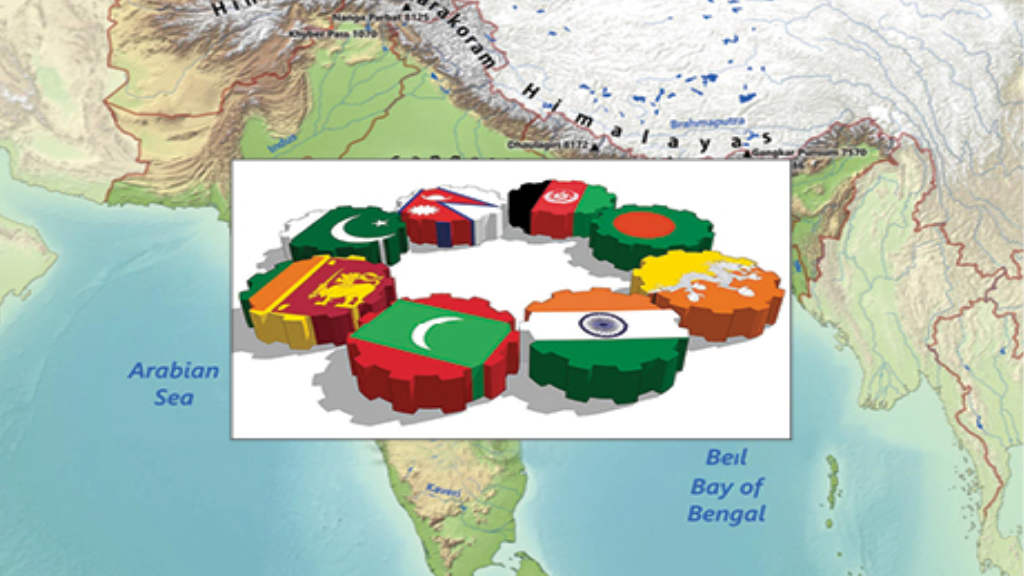The Central Bank of Russia has proposed to the Russian State Duma that the largest “systemically important” Russian banks must provide their clients with the option to use digital rubles from September 1, 2026. This is a pushback from the previously agreed-upon deadline of July 1 this year.
The bank has instructed Russian retail companies with annual revenues exceeding ₽120 million (US$1.53 million) to also adapt and provide infrastructure for handling digital ruble transactions and have this up and running by the same date.
The Central Bank classifies 11 credit institutions as systemically important banks. These are Sberbank, VTB, Alfa-Bank, T-Bank, Russian Agricultural Bank, Gazprombank, Sovcombank, PSB, Moscow Credit Bank, Raiffeisenbank, and UniCredit Bank, as well as Ozon Bank, the Ural Bank for Reconstruction and Development, Bank Saint Petersburg, Pochta Bank, the Russian National Commercial Bank, and the Russian Standard Bank.
Other banks with a universal license, as well as their corporate clients with annual revenue exceeding ₽30 million (US$384,000), will have until September 1, 2027, to adjust their systems. Smaller banks and merchants with annual revenue below this will be required to work with the digital ruble starting September 1, 2028. This obligation will not apply to small retail outlets with annual revenue of less than ₽5 million (US$64,000).
The bank said that “The new timeline was established following discussions with market participants and relevant ministries. It accounts for the time needed by banks and retailers to adapt their systems.”
Payments using digital rubles will be processed through a universal QR code system developed by the National Payment Card System (NPCS). All banks must complete technical preparations to support this system by September 1, 2026.
The NPCS universal QR code enables acceptance of all payment types, including banks’ pay services, the Faster Payments System (FPS), installment services, and the digital ruble. It is also available across the entire network of banks and merchants operating through the FPS. This reduces the integration costs.
The digital ruble represents a third form of Russia’s national currency, which the Central Bank plans to issue alongside existing cash and non-cash forms. The regulator has been conducting a pilot with real digital rubles since August 15, 2023.
The Central Bank’s proposals, which have been submitted to the State Duma. The regulator published them after President Vladimir Putin called on the Central Bank and the government to accelerate the mass adoption of the digital ruble and finalize its rollout timeline earlier this month.
Further Reading
Russian Ruble Up 38% Against the US Dollar From January to April 2025





